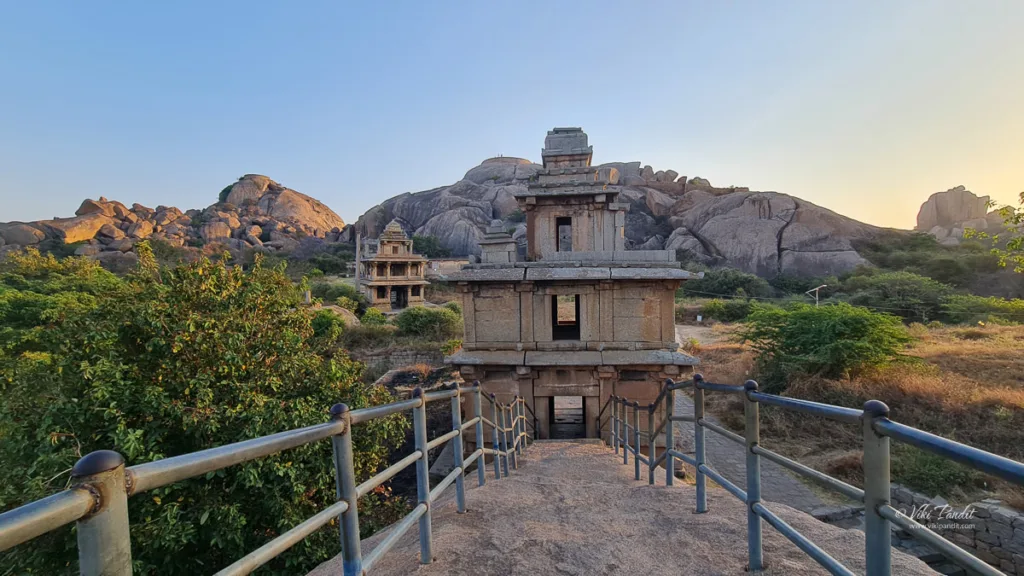Perched atop a cluster of picturesque hills in Karnataka, Chitradurga Fort is a formidable testament to the region’s historical legacy. Dating back to the 17th century, this massive fortification is renowned for its ingenious military architecture, featuring a complex series of concentric walls, bastions, and gateways.
India

Hoysaleshwara Temple
The Hoysaleshwara Temple in Halebidu, once the capital of the Hoysala dynasty in the 12th century, is a remarkable masterpiece of architecture and sculpture dedicated to Lord Shiva.

Stok Palace
Nestled in the picturesque landscape of Ladakh, the Stok Palace & Monastery stands as a profound reflection of the rich cultural heritage of this remote Himalayan region. Visitors can also get to see some of the unique collection of crowns, royal attires, and other significant materials inside the palace.

Namgyal Tsemo
Perched atop a rugged hill overlooking the ancient city of Leh in Ladakh, Namgyal Tsemo Gompa stands as a timeless sentinel looking over the city of Leh. Constructed in the early 15th century by King Tashi Namgyal, it houses a diverse collection of ancient manuscripts, murals, and intricately crafted statues.
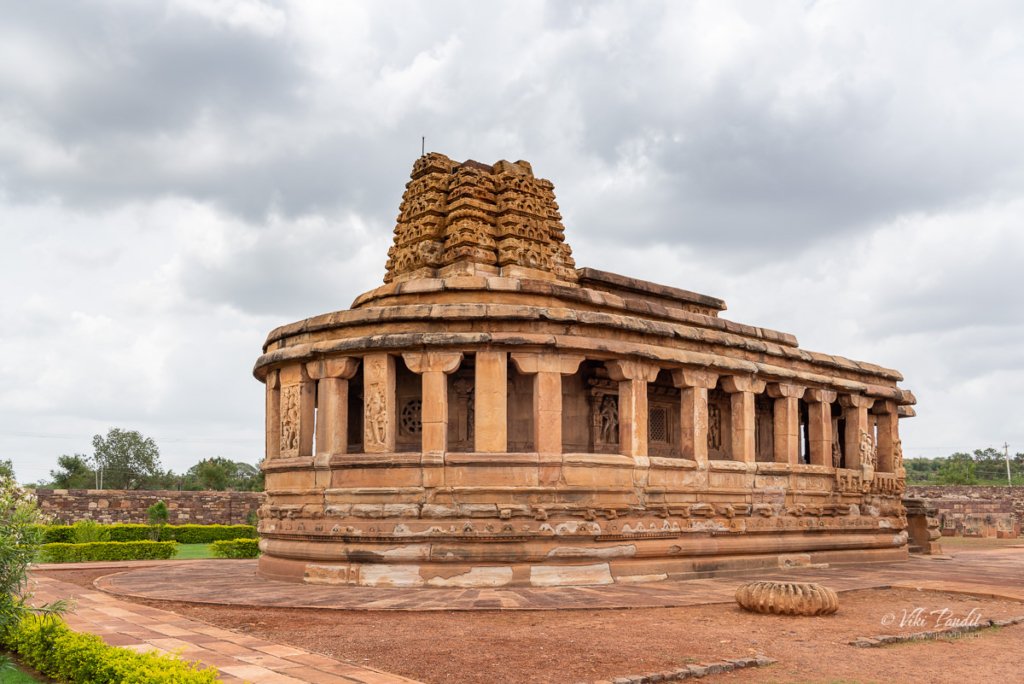
Group of Monuments at Aihole
Today we drive to Aiholi, said to be one of the first regional capital of the Karnakata region under the rule of the Calukyas. The town contains a large number of early Hindu temples and shrines including some outside the walled site that mostly date from the 6th to 8th century CE when the city was at its zenith of prosperity and power.
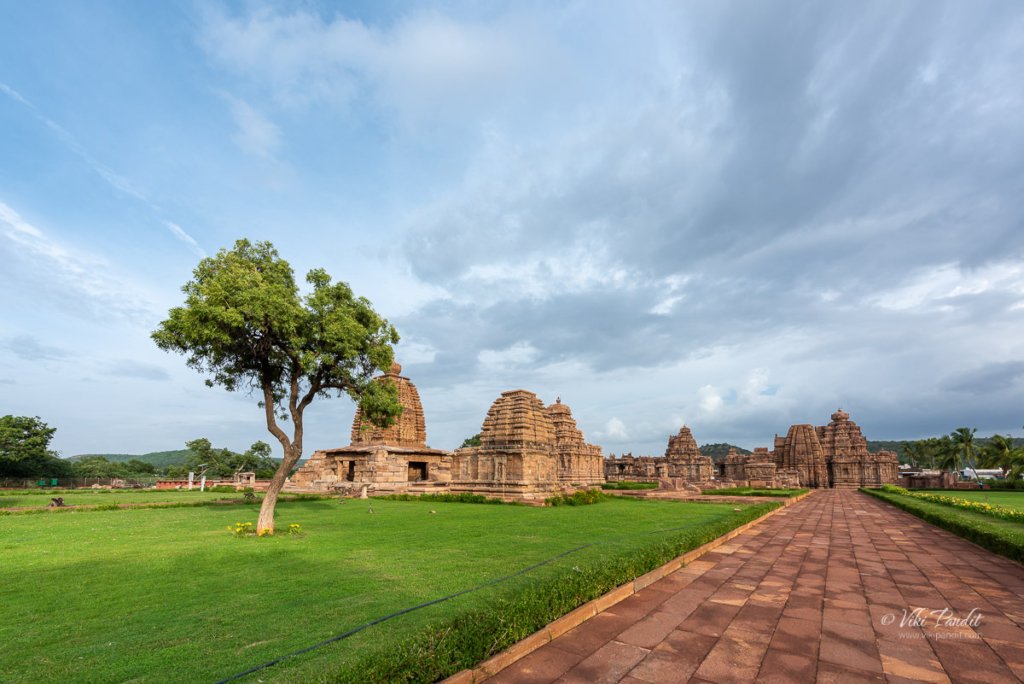
Group of Monuments at Pattadakal
Pattadakal, also called Paṭṭadakallu, is a collection of temples from 7th and 8th century CE Hindu and Jain temples in northern Karnataka. Declared as a UNESCO World Heritage site, it is a historically significant cultural center and religious site to witness the structural tastes during the times of the Chalukya dynasty.
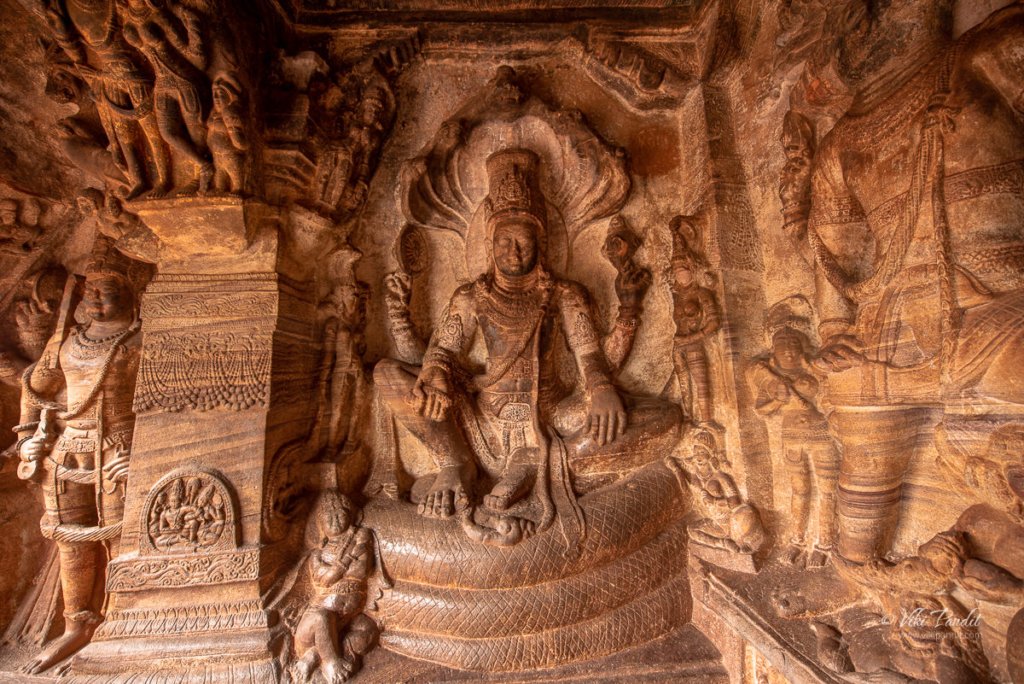
Cave Temples of Badami
Today we hike up a small hill in the quaint town of Badami, in northern Karnataka, to explore the rock-cut cave temples dating back to the 6th century. Primarily commissioned during the times of Chalukya reign, the temples provide an insight into the Indian architecture that influenced the next generation of sculpturing style surrounding regions of south India.
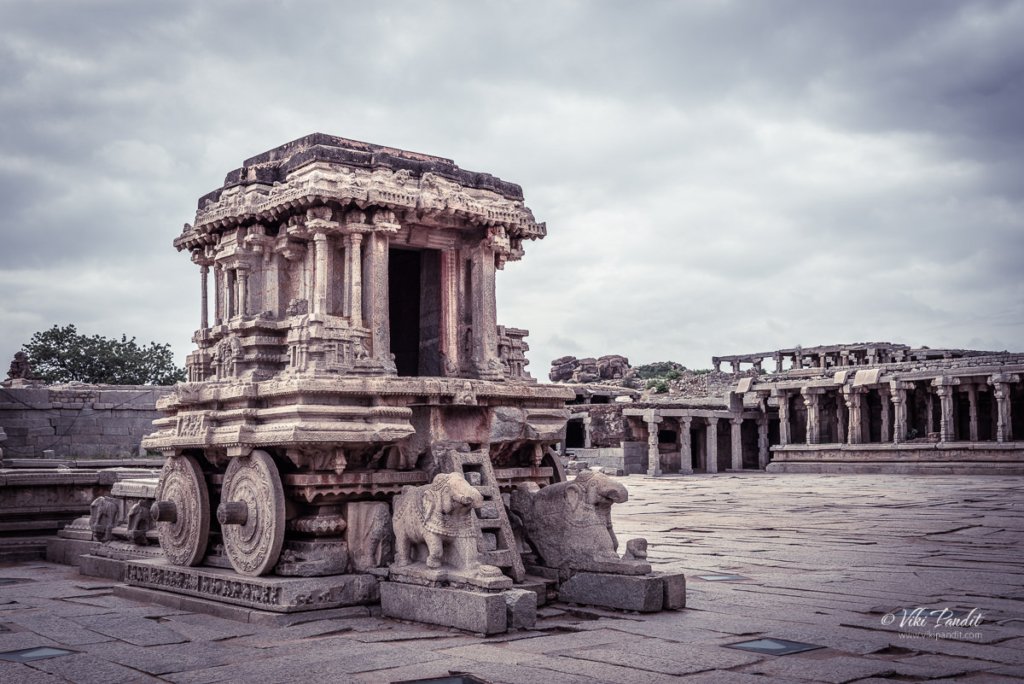
Photowalk to Vijaya Vittala Temple
A simple journal of my third visit to the heritage temple.

Monuments on Hemkuta Hill
Hemkuta hill with its gentle slopes offers a remarkable view of the sprawling ruins of Hampi. The hill contains many abandoned temples and boulder carvings scattered across along with two huge monolithic statues of Ganesha. It is also one of the best places to witness sunsets in Hampi.
